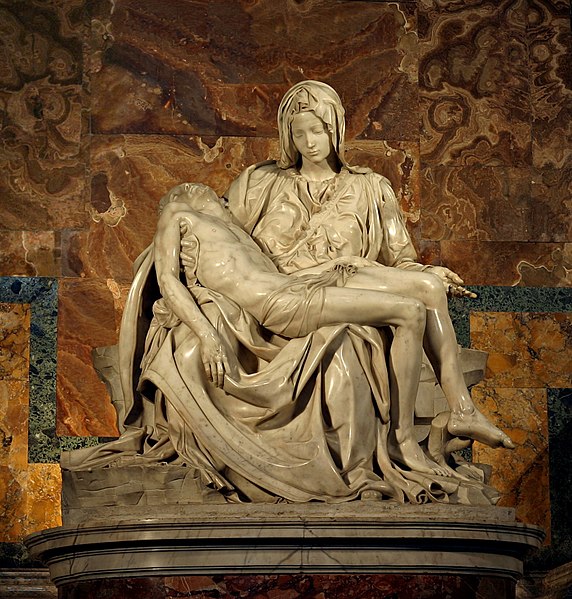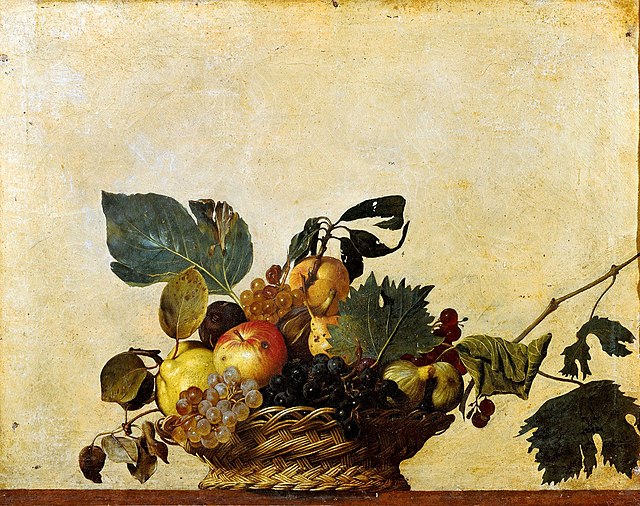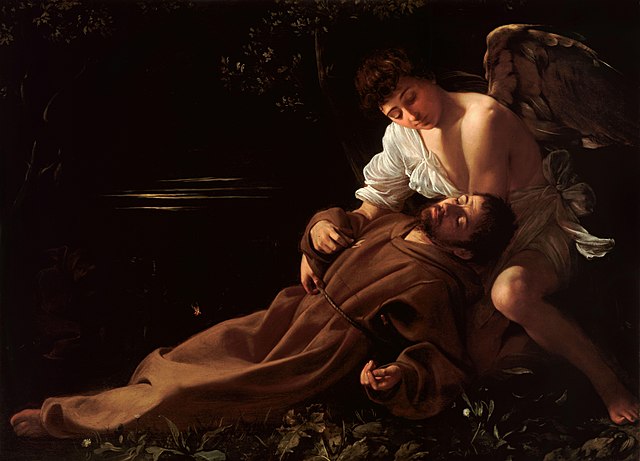The Entombment of Christ (Caravaggio)
Caravaggio created one of his most admired altarpieces, The Entombment of Christ, in 1603–1604 for the second chapel on the right in Santa Maria in Vallicella, a church built for the Oratory of Saint Philip Neri. A copy of the painting is now in the chapel, and the original is in the Vatican Pinacoteca. The painting has been copied by artists as diverse as Rubens, Fragonard, Géricault and Cézanne.
The Entombment of Christ (Caravaggio)
Michelangelo's Pietà (1498–1499), St. Peter's Basilica, Vatican City.
Michelangelo's Florentine Pietà (1547–1553), Museo dell'Opera del Duomo, Florence
Raphael's Deposition (1507), Galleria Borghese, Rome
Michelangelo Merisi da Caravaggio, known mononymously as Caravaggio, was an Italian painter active in Rome for most of his artistic life. During the final four years of his life, he moved between Naples, Malta, and Sicily until his death. His paintings have been characterized by art critics as combining a realistic observation of the human state, both physical and emotional, with a dramatic use of lighting, which had a formative influence on Baroque painting.
Chalk portrait of Caravaggio, c. 1621
Basket of Fruit, c. 1595–1596, oil on canvas, Pinacoteca Ambrosiana, Milan
The Musicians, 1595–1596, Metropolitan Museum of Art, New York
Saint Francis of Assisi in Ecstasy (c. 1595), Wadsworth Atheneum, Hartford








